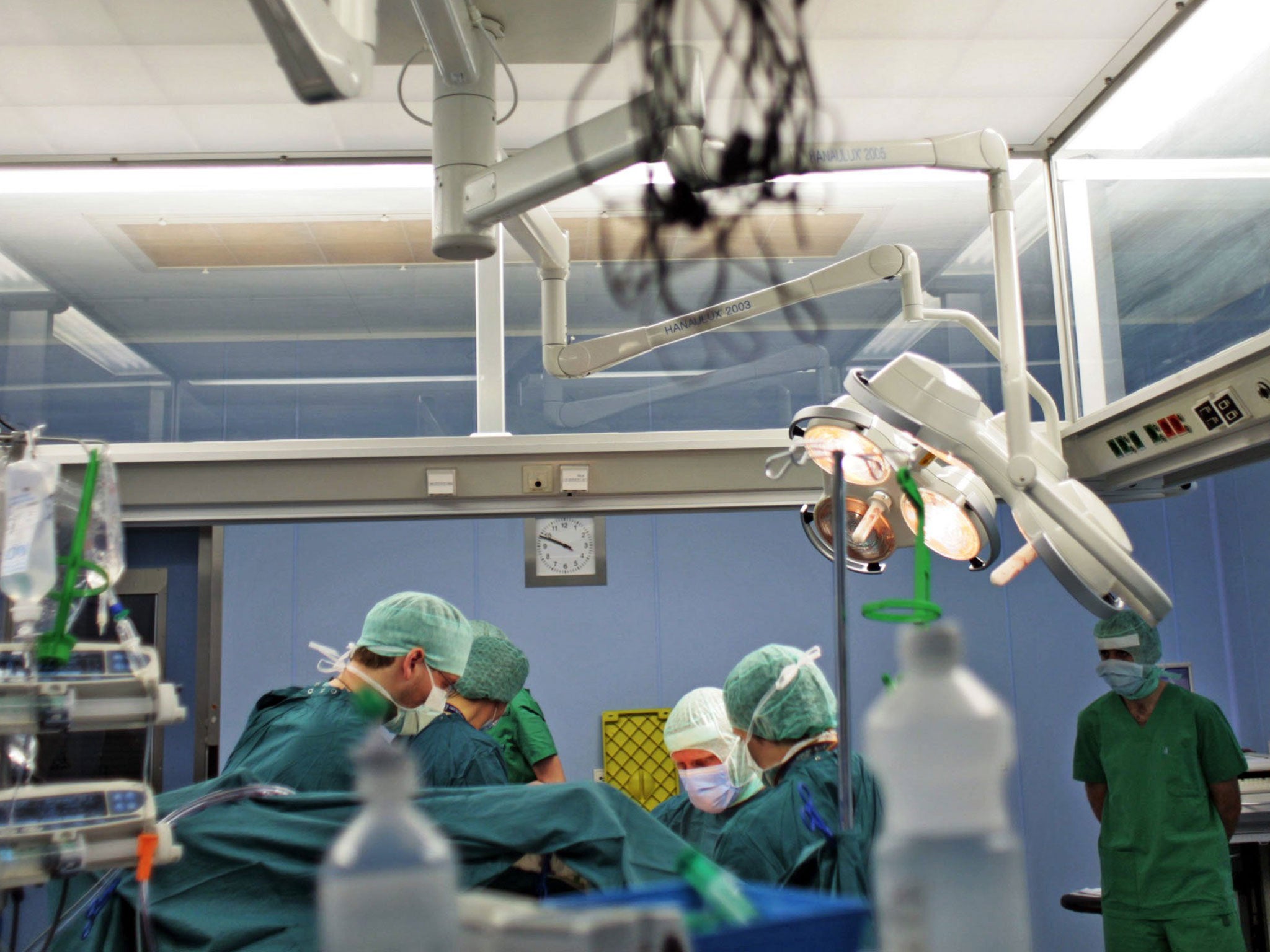Cement used in hip replacement linked to surgery deaths

Cement used in thousands of hip replacements every year has been linked to deaths on the operating table, in a study carried out by leading patient safety experts.
In new evidence which could lead to a review of surgical procedures for hip operations, use of cement was linked to at least 41 deaths in England and Wales since 2005.
Researchers including England’s former chief medical officer Professor Liam Donaldson identified 62 cases of a rare reaction called bone cement implantation syndrome (BCIS) occurring between 2005 and 2012.
The cement is used to hold artificial joints in place. It is widely used in the UK, and while it has reported long-term benefits for the patient, is not essential for a successful operation and its use is less common in some other countries.
BCIS occurs when the cement disrupts circulation in the hip joint, causing blood pressure to drop, potentially stopping the heart.
While the overall risk is low – equivalent to one incident for every 2,900 operations – it is significant enough that surgeons need to “take account of it”, the authors of the study said, particularly given the large and growing number of patients undergoing hip replacements annually.
The data, published in the online journal BMJ Open, were gleaned from reports of patient safety incidents submitted by frontline staff to the NHS’ National Reporting and Learning System.
There are more than 20,000 emergency partial hip replacements in the UK every year.
Despite an alert about the use of cement in 2009, the number of cases of BCIS has increased every year since then.
Professor Donaldson told The Independent that the findings should lead to a wider review of the use of cement to determine whether the benefits outweighed the risks.
“The National Patient Safety Agency issued an alert [about BCIS] in 2009,” he said. “At that point it seems the orthopaedic surgical community weren’t convinced of the risk, or believed the benefits outweighed the risk. My view is that you can’t condemn the use of cement, but the jury is out. This needs to be kept under review.”
Join our commenting forum
Join thought-provoking conversations, follow other Independent readers and see their replies
Comments
Bookmark popover
Removed from bookmarks